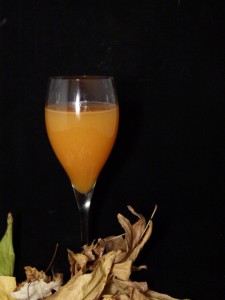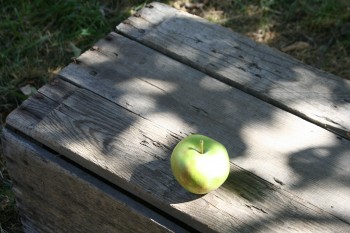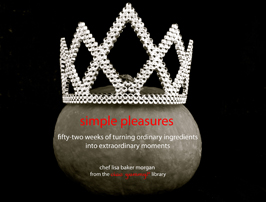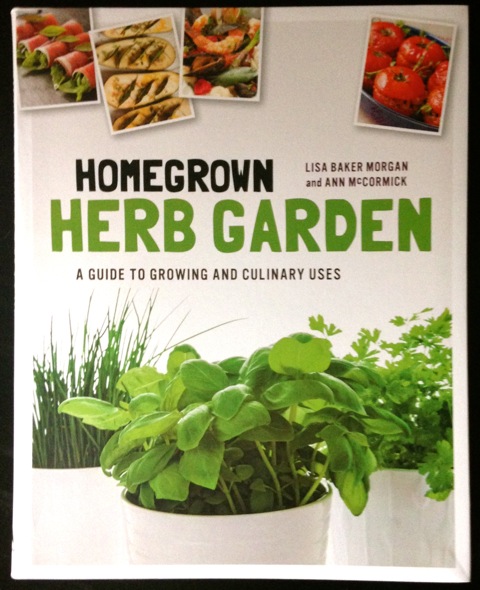
a bouquet garni
Ce sont les petits choses qui font toute la différence (it is the little things that make all the difference). In life and cooking the details matter. A bouquet garni (a little gathering of herbs) is a detail that makes all the difference.
A bouquet garni imparts flavor to its surrounding and typically used in anything that simmers (i.e., braises, stocks, and soups). A kitchen string keeps the herbs in a bundle and is usually tied to the handle of a stockpot (so when the garni has done its job, you grab the string and toss the bouquet).
Traditionally a bouquet garni is Italian parsley, thyme, and bay leaves wrapped inside a leek. However, the combinations are endless (some chefs will wrap the herbs in a slice of bacon or add a piece of citrus peel). A sachet is used like a bouquet garni but the herbs and spices (i.e., peppercorns, juniper berries) are placed inside a piece of muslin or cheesecloth. Sachets are preferable if you are using dried herbs and small spices. A bouquet garni (or sachet) should be small so not as to overwhelm the food, but create a subtle aroma.

This week’s simple pleasure is making a bouquet garni for use not only as a flavor enhancer but as a place-setting/party favor and a host gift. The bouquets can be used fresh or when they dry out. This project is easy to do. Moreover, it adds a personal, fresh touch to your dinner (or a thoughtful host gift) and is something you can do with your children to incorporate them in preparing for the festivities. Focusing on the detail of a few fresh herbs this Thanksgiving will impart more than flavor, it will impart smiles.
Je vous souhaite un bon appétit !
LM

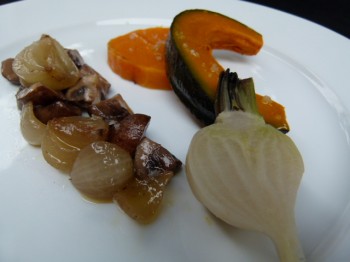
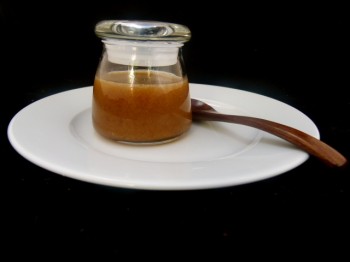 apple and persimmon caramel with fleur de sel
apple and persimmon caramel with fleur de sel 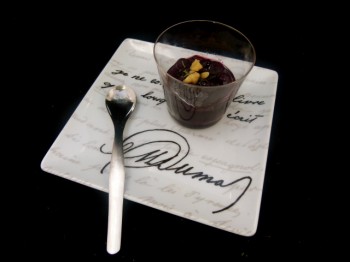
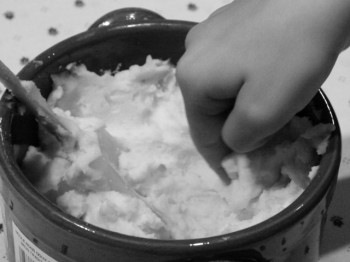


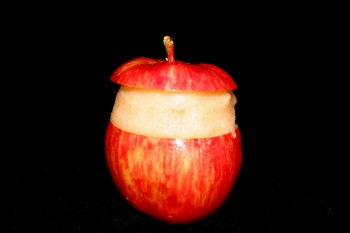 apple sorbet
apple sorbet